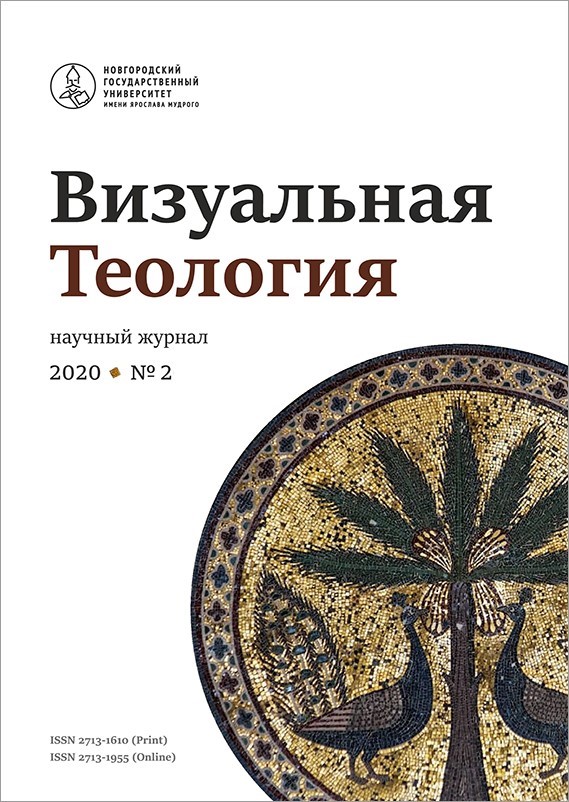Iconography of Ancient Philosophers in Christian Painting: Russian and Foreign Research
Abstract
This article is a review of the research literature on iconography of ancient philosophers in the Christian tradition. The author presents the main statements from several key studies on this topic: books by V. P. Zubov, I. S. Duychev, M. N. Gromov, articles by N. A. Kazakova, V. N. Sergeev. The last two research are devoted to the history of the “Prophecies of the Hellenic wise men”– the text which gives a clue to the images of the ancient philosophers in Russian churches of the 16th century. Based on these and other sources, the author comes to the conclusion that the images of ancient sages, which became a fairly common subject for Church painting in the 16th – 18th centuries, played a major role in the justification and approval of Christian dogmas: ancient thinkers often defend the key thesis about the incarnation of God. In addition, the visual code of Eastern Christian culture, along with texts from the same period, demonstrates the dynamics of relations with the Western tradition. With the fall of the Byzantine Empire, Eastern Christianity re-established its relationship with Western Christianity. The interest in the figures of antiquity is in this process a converging fact, but this is where the convergence ends. It is caused by the perception of texts of a completely different culture after several centuries. Interest in antiquity is expressed in respect for names, but the images of philosophers are a purely Christian “product”. Reflecting on the current increase of interest in this topic, the author comes to the conclusion that modern research on this topic reveals a new approach to the development of religious heritage. The author connects it with the position of post-secularism and reinterpretation of the phenomenon of “religious” in culture. In contrast to the secularist position, the current vision of the “religious” allows to explore iconography not only as an object of worship or art, but as an important part of a complex cultural system. As a result, the religious ceases to be something fundamentally different in relation to modern culture. This gives a new perspective both for the study of current phenomena and topics, and for the study of religious manifestations of the past.



